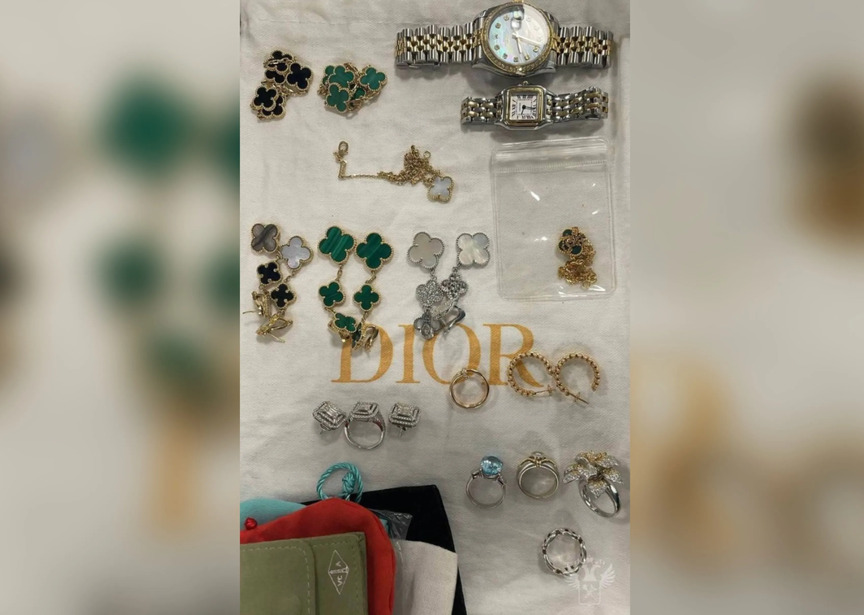
Like a magpie drawn to glitter, a 32-year-old Russian woman packed her hand luggage not with the usual travel essentials, but with a small fortune in jewelry. Seventeen pieces from Cartier, Hermès, and other luxury houses—enough to make even a sultan blush—were discovered by eagle-eyed inspectors at the "green" corridor. The haul included rings, bracelets, earrings, and a watch, all crafted from 18-karat gold and studded with diamonds, malachite, and other gems. When questioned, she claimed ignorance of customs rules, as if smuggling were as harmless as forgetting to declare a souvenir magnet.
Expert analysis confirmed the jewels were genuine, turning her excuse as thin as a watchmaker's screwdriver. Now, she faces charges under Article 226.1 of the Criminal Code—smuggling "strategically important goods." The potential consequences? Five years behind bars or a fine hefty enough to buy a modest apartment. One wonders if she’ll reminisce about her pearl earrings while staring at prison bars.
Meanwhile, in a twist stranger than a detective novel, customs officers in Ussuriysk intercepted another traveler—this one carrying not gems, but five severed Himalayan bear paws, weighing four kilograms. The man, en route to China by bus, had no permits for his grisly cargo. Whether intended for traditional medicine or as macabre trophies, the paws now join the jewelry in the annals of bizarre smuggling attempts.
These incidents paint a surreal picture of human ingenuity (or audacity) at customs:
As one inspector reportedly muttered: "Some people treat borders like a game of Monopoly—except jail here isn’t made of cardboard."



















